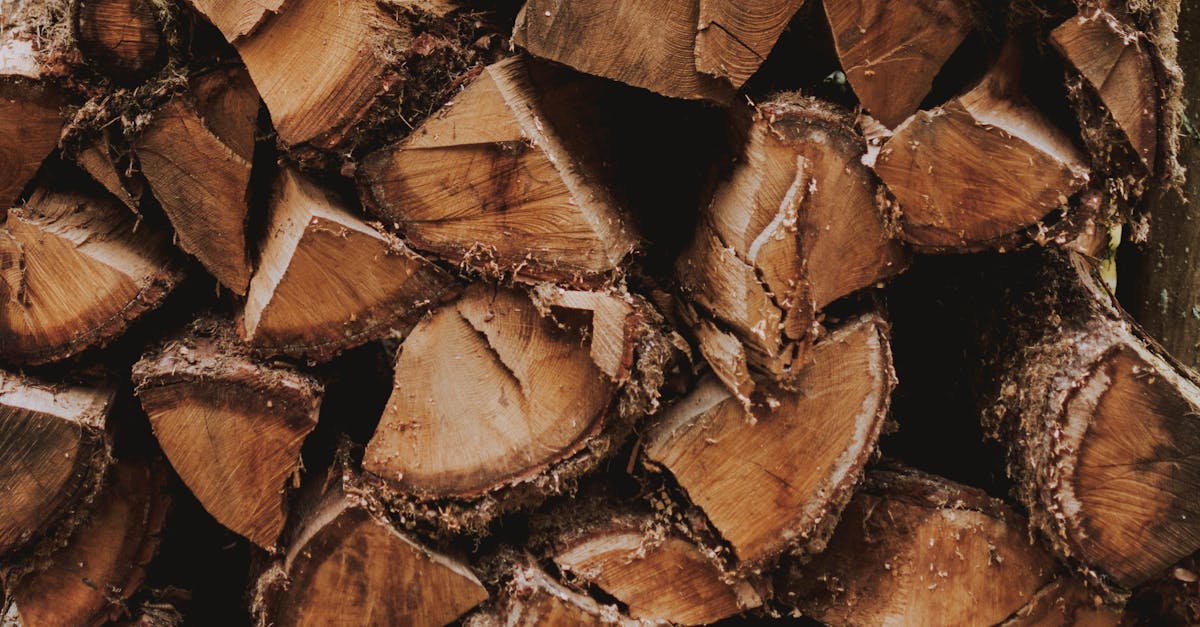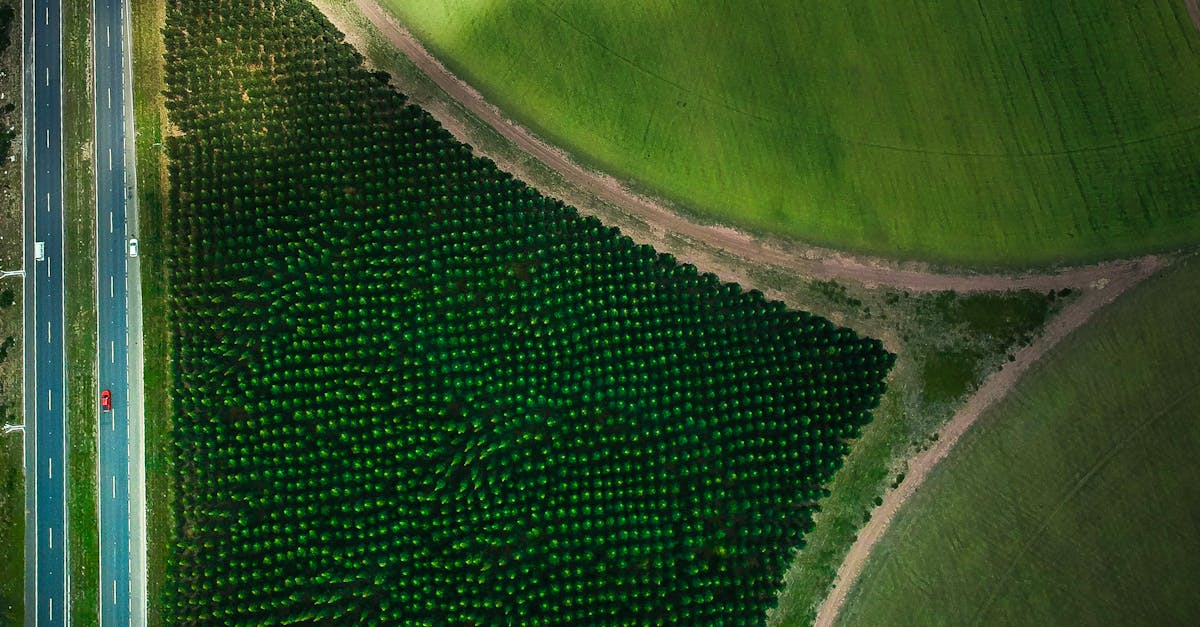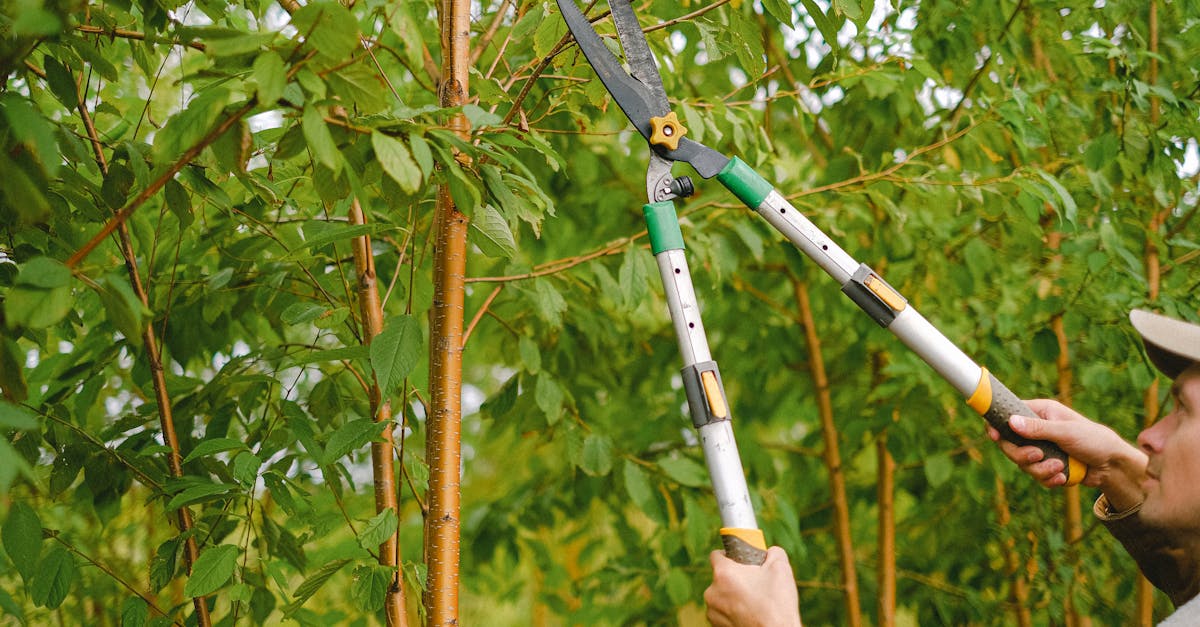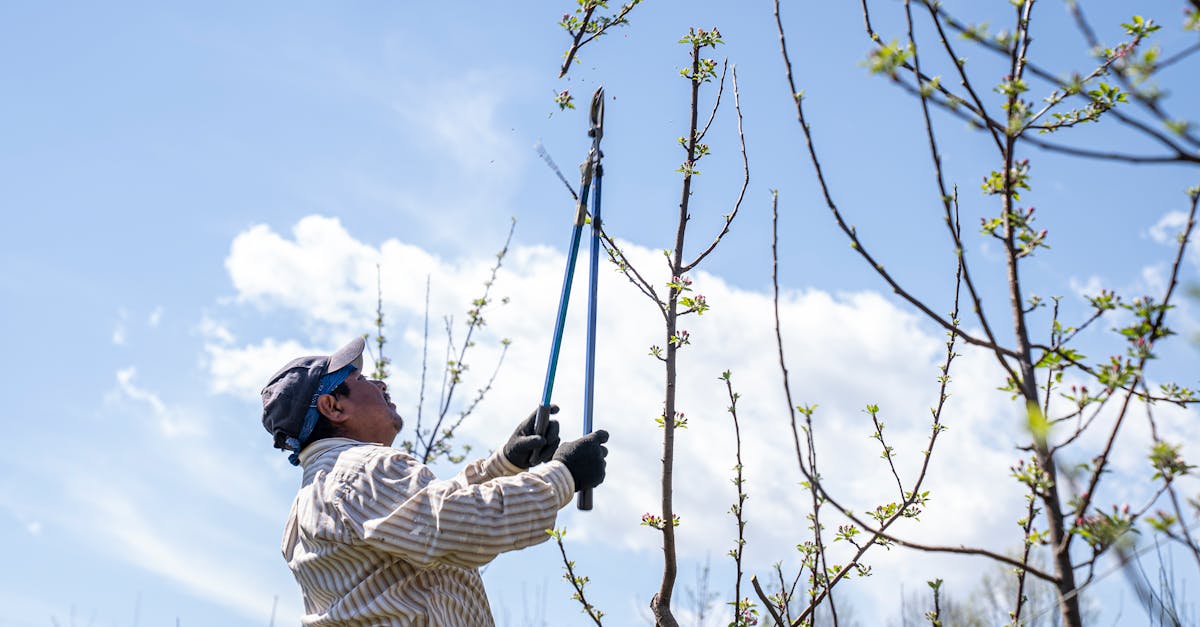
Tree Pruning and Trimming
At Ruby Tree Services, we specialize in expert tree pruning and trimming services. Our skilled arborists understand the importance of proper tree care to ensure the health and beauty of your trees. Through careful pruning and trimming, we can help enhance the overall appearance of your trees, promote healthy growth, and prevent potential hazards such as diseased limbs or overgrown branches. Whether you need routine maintenance or are looking to address specific tree issues, our team is equipped with the necessary tools and knowledge to provide top-quality service. Trust Ruby Tree Services to keep your trees looking their best all year round.
Hiring a Professional Arborist
Before hiring a professional arborist, it is crucial to ensure that they are certified and possess the necessary license for tree service operations. Certified arborists have undergone comprehensive training and have the expertise to provide proper care for trees and shrubs. Inquire about their experience in the field and ask for references to gauge their credibility. Always verify their insurance coverage to protect yourself from any liabilities that may arise during the pruning or trimming process. By entrusting the care of your trees to a certified arborist, you can rest assured that they will employ safe and effective techniques to maintain the health and aesthetics of your landscape.
When seeking a professional arborist, consider their knowledge of pruning techniques tailored to your specific tree species. A skilled arborist will know the ideal timing and methods to prune different trees, ensuring they thrive and remain healthy. Their expertise in crown thinning, canopy reduction, and crown cleaning will help improve tree health and minimize potential hazards that overgrown branches can pose. By investing in a qualified arborist, you are not only preserving the vitality of your trees but also enhancing the overall beauty and appeal of your outdoor space.
Ensuring Proper Care and Maintenance
Proper care and maintenance of trees is essential to ensure their health and longevity. Homeowners in the metroplex, particularly in Fort Worth, understand the importance of investing in expert tree service. Beyond the aesthetic appeal of well-maintained trees providing shade and enhancing the beauty of a yard, there are practical benefits as well. Healthy trees contribute to the overall health and safety of the property, improve wind resistance, and even increase property value. Regular pruning and trimming not only keep trees looking their best but also help clear out dead or overgrown branches that may pose a hazard during extreme weather conditions. Additionally, keeping trees properly pruned can result in better snow and ice navigation during winter months, preventing any potential damage to structures on the property.
One should not overlook the importance of hiring professional arborists who possess the expertise and tools required for proper tree care. Whether it's lopping off overhanging branches near the roof or treating pruning wounds to ensure prompt healing, arborists understand the best practices to maintain the health and aesthetics of trees. During the growing season, it is crucial to pay attention to tree symptoms and act accordingly to address any issues promptly. From pruning flowering trees at the proper time to promoting the growth of evergreens, expert care can make a significant difference in the overall well-being of trees in gardens and ornamental landscapes. For the sake of the trees and the safety of the premises, it is wise for homeowners to consult with professionals when it comes to tree pruning and maintenance.
Common Mistakes to Avoid
When it comes to tree pruning and trimming, there are several common mistakes that should be avoided to ensure the health and longevity of your trees. One prevalent mistake is over-pruning, which can have detrimental effects on the overall health of the tree. Over-pruning, also known as excessive pruning, can weaken the tree by removing too much foliage, hindering its ability to photosynthesize and produce energy. This can lead to stunted growth, increased vulnerability to diseases, and in severe cases, even death of the tree.
Another mistake to avoid is improper pruning techniques such as lopping. Lopping involves cutting branches haphazardly, leaving behind large pruning wounds that can attract pests and pathogens, compromising the tree's health. Instead of lopping, it is recommended to use proper pruning tools and techniques to make clean cuts without causing unnecessary damage to the tree. By understanding the correct pruning methods and avoiding these common mistakes, you can promote the well-being of your trees and enhance the overall beauty of your landscape.
Over Pruning and Its Effects on Tree Health
Over pruning, a common mistake made during tree maintenance, can have detrimental effects on the health of trees. When trees are over pruned, they can experience stress and become more vulnerable to diseases and pests. This stress weakens the tree's natural defense mechanisms, making it more susceptible to issues like oak wilt, a deadly fungal disease that affects oak trees. The open wounds left by excessive pruning also provide entry points for pathogens, further compromising the tree's health.
In addition to increased susceptibility to diseases, over pruning can also lead to stunted growth and reduced overall vitality in trees. Excessive removal of leaves through over pruning limits the tree's ability to photosynthesize and produce energy, hindering its ability to thrive. This can result in sparse foliage, reduced bloom production, and even dieback in severe cases. By understanding the negative repercussions of over pruning, arborists and tree owners can make informed decisions to promote the long-term health and well-being of their trees.
Understanding Tree Pruning Techniques
Tree pruning techniques encompass a range of methods designed to promote the health and longevity of trees. One common technique is crown cleaning, which involves selectively removing dead, diseased, or weak branches from the tree's canopy. This helps improve air circulation and sunlight penetration, ultimately enhancing the tree's overall health. Crown thinning, on the other hand, focuses on selectively removing branches throughout the canopy to reduce density. This allows for better light penetration and air circulation while maintaining the tree's natural shape and structure.
When it comes to pruning techniques, it is essential to understand the importance of proper timing and precision. Timing plays a crucial role in tree pruning, with many experts recommending pruning during the dormant season to minimize stress on the tree. Additionally, using the right tools, such as saws, pruning shears, and loppers, is vital to ensure clean and precise cuts that promote optimal wound closure. By adhering to these techniques and best practices, tree owners can help maximize plant growth, prevent disease, and enhance the aesthetic appeal of their landscape.
Crown Thinning vs. Crown Cleaning
Crown thinning and crown cleaning are both essential tree pruning techniques that help improve the overall health, appearance, and safety of trees. Crown thinning involves selectively removing branches throughout the crown of the tree to increase light penetration and air circulation. This technique helps reduce wind resistance and potential storm damage, making the tree more structurally sound. Additionally, crown thinning can promote new growth and improve the overall aesthetics of the tree by creating a more balanced and uniform canopy.
On the other hand, crown cleaning focuses on the selective removal of dead, diseased, or weak branches from the canopy of the tree. By eliminating these potential hazards, crown cleaning helps prevent the spread of diseases and minimizes the risk of falling branches, which can pose a safety hazard to people, structures, and other vegetation below. This technique also enhances the tree's overall health by allowing for better nutrient distribution and reducing competition among branches. In essence, both crown thinning and crown cleaning play vital roles in maintaining the well-being and longevity of trees.
FAQS
Why is tree pruning important?
Tree pruning is important to maintain the health, appearance, and safety of trees. It involves removing dead or diseased branches, promoting new growth, and shaping the tree to enhance its overall structure.
When is the best time to prune trees?
The best time to prune trees depends on the species. In general, it's recommended to prune during the dormant season in late winter or early spring. However, some trees may benefit from pruning in other seasons to achieve specific goals.
How often should trees be pruned?
The frequency of tree pruning varies based on the tree's age, species, and condition. Young trees may need annual pruning to establish a strong structure, while mature trees may only require pruning every few years to maintain health and appearance.
Is it necessary to hire a professional arborist for tree pruning?
While some basic pruning tasks can be done by homeowners, hiring a professional arborist is recommended for more complex pruning jobs. Arborists have the expertise, tools, and knowledge to prune trees safely and effectively while ensuring their long-term health.
What are the common mistakes to avoid when pruning trees?
Common mistakes to avoid when pruning trees include over-pruning, cutting branches too close to the trunk, topping trees, and neglecting proper pruning techniques. These mistakes can harm the tree, weaken its structure, and impact its overall health.


